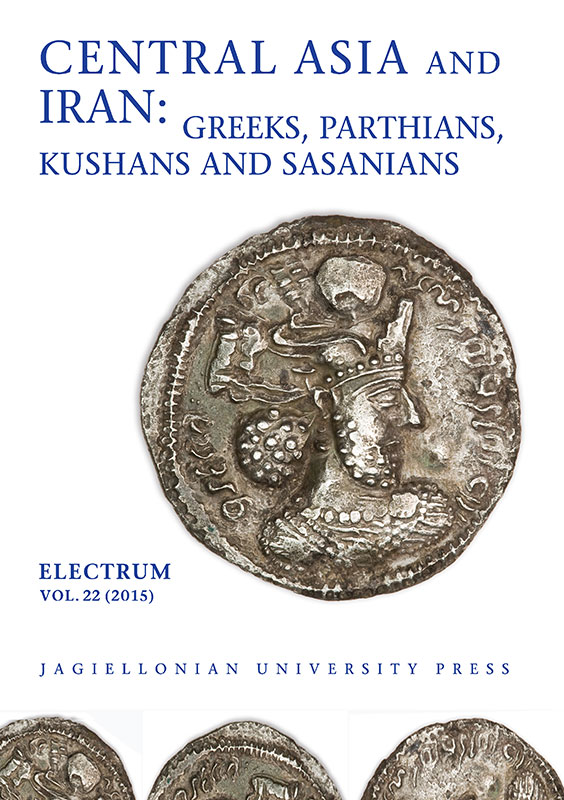Ὁμόγλωττοι παρὰ μικρον?
Ὁμόγλωττοι παρὰ μικρον?
Author(s): Antonio PanainoSubject(s): History, Ancient World
Published by: Wydawnictwo Uniwersytetu Jagiellońskiego
Keywords: Multilingualism and communication; Iranian languages; Achaemenian Empire; Sogdian and Bactrian
Summary/Abstract: This article analyses the historical and linguistic implications that emerge from a very famous passage preserved by Strabo (XV, 2, 8 [C 724]), but probably belonging to Eratosthenes’ Geographika, which states that Persians, Medes, Bactrians and Sogdians would “speak approximately the same language, with but slight variations” (εἰσὶ γάρ πως καὶ ὁμόγλωττοι παρὰ μικρόν). This assumption is untenable, because even before Eratosthenes’ time the Iranian languages were well distinguished. The suggested homoglossia should be explained in political terms, as the result of a practical diffusion of a variety of Old Persian in the army and in the satrapal administration. In the framework of a socio-linguistic and ethno-linguistic analysis of the historical situation attested in the Persian Empire, this study also tackles the problem of the meaning to be attributed to the word arya- in a linguistic context, as that of § 70 of Bisutun inscription. This terminology is discussed not only in connection with the one attested in the recently discovered Rabatak Inscription, but also with the documentation preserved in the Khotanese Book of Zambasta 23, 4–5, and – outside of the strictly Iranian milieu – in the Aitareya Āraṇyaka III, 2, 5.With regard to the frequently claimed homoglossia, this study concludes that any description of the linguistic semi-unity of the Iranian ethne, or only of the North-Eastern Iranian ones, is a dream, and, as far as we know about the linguistic history of these peoples, not only a conclusion insufficiently grounded, but a highly improbable linguistic mirage. A “permafrosted” Irano-Aryan still spoken by all the Iranians as a sort of “Esperanto” ante litteram has no historical basis, nor does the idea that arya- was the name of a still preserved “common language,” if this expression should be interpreted as a surviving unifying archaic jargon of all the Iranians (and not a practical Western Iranian koiné, imposed by the Old Persian authorities as a comfortable medium). The “Aryan” linguistic identity thus assumed other, fully historical, implications, although it was based on a tradition, partly original and derived by an ancestral cultural heritage, partly invented, especially in its socio-linguistic and sociopolitical implications, as normally happens when power and its legitimacy are strongly involved.
Journal: Electrum. Studia z historii starożytnej
- Issue Year: 2015
- Issue No: 22
- Page Range: 87-106
- Page Count: 20
- Language: English

